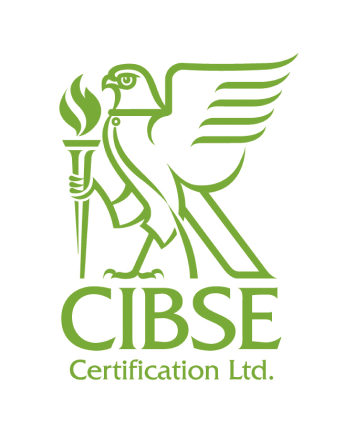Preparing for an Energy Performance Certificate
The checklist below provides an overview of the information you will be required to provide your Low Carbon Energy Assessor (LCEA) and tips on where to find it.
Information Needed |
Tips to find it |
For best carbon performance |
|
If your building has been bought or sold this information any be found in the condition based surveys carried out as part of the transaction. If the exact information is not available your assessor will be able to determine the insulation values from the age of your building. |
The more accurate the information the more accurate the building asset rating will be. Consider engaging a building surveyor prior to your energy assessment to calculate actual insulation levels. |
|
|
Activity areas within a building and their measurements |
Your assessor will need detailed plans of the building to create a full model of the energy performance. If plans are not available, engage a building surveyor or have a competent member of staff measure your building prior to the energy assessment. |
The more details given to your assessor the more accurate the asset rating will be. |
|
Heating systems in the building |
Details of your heating system will be contained within a building logbook or O&M (Operation and Maintenance) manuals. If neither is available your maintenance manager or contractor should be able to provide details of your installed plant and equipment. |
Good maintenance is critical to ongoing energy performance of central plant; ensure that inspections and checks are made at regular intervals. |
|
If your building has a natural ventilation strategy the air must enter and exit the building somewhere. Look for vents within windows and roof lights for clues. If your building is mechanically ventilated fans will be found to supply and extract air to the building. |
Use of a natural ventilation strategy will result in best carbon performance, if a fully natural strategy can not be achieve consider a combination of natural and mechanical ventilation to create a mixed mode strategy. |
|
|
Details of your cooling system will be contained within a building logbook or O&M manuals. If neither are available your maintenance manager or contractor should be able to provide details of your installed plant and equipment. |
Techniques such as free cooling or night time cooling are the best carbon performers. |
|
|
Hot water will either be delivered at point of use from small instantaneous boilers or from a central location connected with your heating system. If nothing is visible at point of use follow the same advice as for your heating system. |
Reduce hot water demand by installing water conservation devices such as spray taps |
|
|
If you have a building management system (BMS) you will find all controls in one place. The BMS will be accessible by the Facilities Manager. |
Even the most efficient plant and equipment can waste energy through poor or no control |
|
|
Locate the building's point of supply (where the electricity enters the building) and you should be able to locate the main suppliers meter. This meter may also be able to give you the power factor of the building. |
Reading your meters at regular intervals will enable you to be better equipped to manage operational energy performance. |
|
|
Lighting is visible in most areas but for a quick determination of fixtures installed speak to the individual or contractor that is responsible for changing the lamps. They are likely to the relevant fixtures for each area on record. |
Maximising available daylight can significantly reduce electricity demand used for lighting. |
|
|
Onsite renewable energy systems may have visible components such as solar panel or wind turbines. Also, check with the person/contractor responsible for your maintenance about non visible sources such as CHP or Heat Pumps. |
Always reduce energy at point of use before investing in renewables. |
|
|
Occupancy/activity of the building |
The activity within a building is very important to the energy profile. For larger buildings departments and areas are detailed on the fire escape plan. |
Specific activities require certain internal environments. Ensure that the internal environment and the activity that takes place within it match. |
Some of the areas the report will likely raise are the following:
Information needed |
Tips to find it |
For best carbon performance |
|
Efficiency levels of the building's heating and cooling system |
||
|
If you know what time your heating and cooling comes on there is likely to be control of some kind. Your facilities manager will have details of the controls that are installed on building services. |
Controlling boilers for optimised performance can reduce fossil fuel use by upt o 40% in a typical installation |
|
|
Utilising renewable energy |
If there is a suitable case for renewable energy generation on site a simple feasibility study should be carried out by an Energy Consultant. |
Always reduce energy at point of use before investing in renewables. |
|
If your building was constructed prior to 2002 insulation levels could be increased. Review building records to determine if any improvements have been made since construction. |
Higher levels of insulation will result in less heat loss and improved efficiency. Focus on your roof space and windows as these account for 50% of heat loss in typical buildings. |
